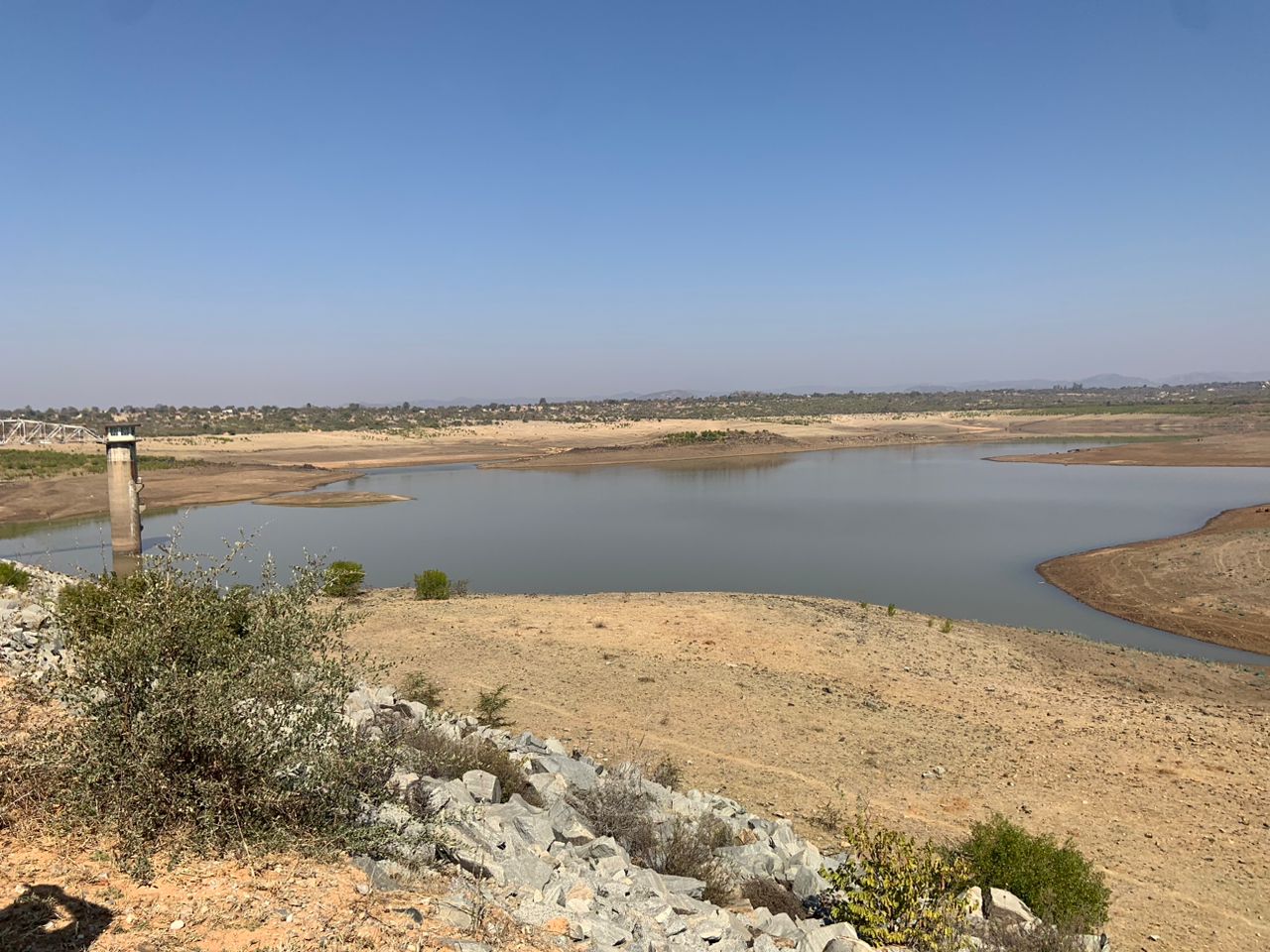Unlike other cities with ample raw water supplies, Bulawayo is grappling with a severe raw water shortage, with supply dams currently at just below 32 percent capacity.
In light of this, Bulawayo’s unique challenges of having no raw water necessitate the declaration of Zimbabwe’s second-largest city as a water shortage area, according to Mayor David Coltart.
With fears of uncertain rainfall this year, residents must brace for more frequent water shortages and the 122 hours of water shedding per week they are currently experiencing. Simply put, households may not receive water on the scheduled two days if it does not rain this year.
The mayor believes this declaration will be a critical step that can bring significant benefits to Bulawayo and its residents because officially recognising the city’s water crisis may address the ongoing crisis.
“The importance of the declaration of Bulawayo as a water shortage area is that the city will then be able to access third-party funding. Without that declaration, the city has no legal power to go to international banks to seek funding,” Coltart said in an interview with CITE.
Coltart believes once Bulawayo is designated as a water shortage area, crucial funding can be unlocked, which could then be used to rehabilitate the city’s deficient pipelines and potentially develop new water sources such as the Glass Block Dam.
“That’s why the previous council, before my term of office, passed a resolution asking the government to declare Bulawayo a water crisis, which was turned down by the former minister.”
In 2020, dam levels were around 35 percent, forcing the Bulawayo City Council (BCC) to approach the government to declare the water crisis a national disaster. However, the government brushed aside that proposal, claiming there was enough water to last up to 14 months.
Despite a presentation from the late BCC Director of Engineering Services, Simela Dube, that water in Bulawayo was in short supply, two independent engineers brought by Minister of Local Government, Rural and Urban Development, July Moyo, said the city had enough water but the challenge was pumping water to the city.
That same year, water levels eventually plummeted to 25.7 percent capacity, and Bulawayo was now going through 144 hours a week of water shedding. Four years later, in 2024, the Bulawayo mayor still believes the declaration is valid and necessary.
“The new council elected in August (last year) also passed that resolution repeating the request for Bulawayo to be declared a water shortage area,” Coltart said.
Coltart said the current minister (Minister of Lands, Agriculture, Fisheries, Water, and Rural Development, Dr Anxious Masuka) did not want to make a proclamation halfway through the rainy season, with the government stating Bulawayo’s request for declaration was included in the announcement of drought as a national disaster announced by President Emmerson Mnangagwa in April this year.
“Then of course, the government announced a national emergency and they have advised us our request is included in that national declaration, which is fine, but we would still like the city to be declared a water shortage area,” said the mayor.
The mayor explained the declaration was for a “simple reason” yet everyone needed to understand it.
“The difference between our city and other cities is that we have a shortage of raw water. If you look at Gweru or Harare, for example, Chivero and Darwendale, these are full. They have plenty of water,” Coltart said.
He noted the challenge other cities had was how they delivered that available water.
“In our case, we don’t have raw water; it doesn’t matter how good our delivery system is.”
The mayor said Mzingwane Dam was at 2.3 percent, Inyankuni at 22 percent, while Lower Ncema and Upper Ncema would be decommissioned by the end of October.
“We don’t have the raw water,” said the mayor.
“Our raw water lies in Insiza and Mtshabezi. Insiza is at 43 percent, Mtshabezi is at 53 percent, but we cannot deliver the water quickly enough from those water sources because of the deficiencies in the pipelines.”
Coltart emphasised this is why Bulawayo needs to have the water shortage declaration.
“We desperately need the government to disperse the balance of the US$14 million promised (in April by the Finance Minister) for this exercise (the rehabilitation of the pipelines).”
In February this year, some Bulawayo residents represented by the Bulawayo Progressive Residents Association (BPRA) petitioned BCC to resolve the ongoing water crisis and also cited the government to declare both the water issue a disaster and Bulawayo a water shortage area.
Residents complained that water rationing was at its worst, with some suburbs in Bulawayo experiencing prolonged water rationing for over three weeks.
The residents proposed that the Minister of Lands, Agriculture, Fisheries, Water, and Rural Development make a declaration under Section 61 of the Water Act due to the City of Bulawayo’s current predicament.
Residents also mentioned the cholera outbreak and urged President Mnangagwa to issue a declaration under Section 27 of the Civil Protection Act.
An analyst, Bernard Magugu, said declaring Bulawayo a water shortage area should not just be a formality but a step towards securing the resources that the city ‘desperately’ needs.
“The declaration can attract international attention, leading to partnerships with developmental organizations to enhance the council’s capacity to address the water crisis through resources that can come after the declaration,” he said.
“Once resources are available, we can see infrastructure investment such as upgrading existing water systems and developing alternative water sources.”
Magugu said more importantly, the declaration can raise public awareness about the gravity of Bulawayo’s water crisis and encourage residents to adopt water-saving practices.


Leave a comment